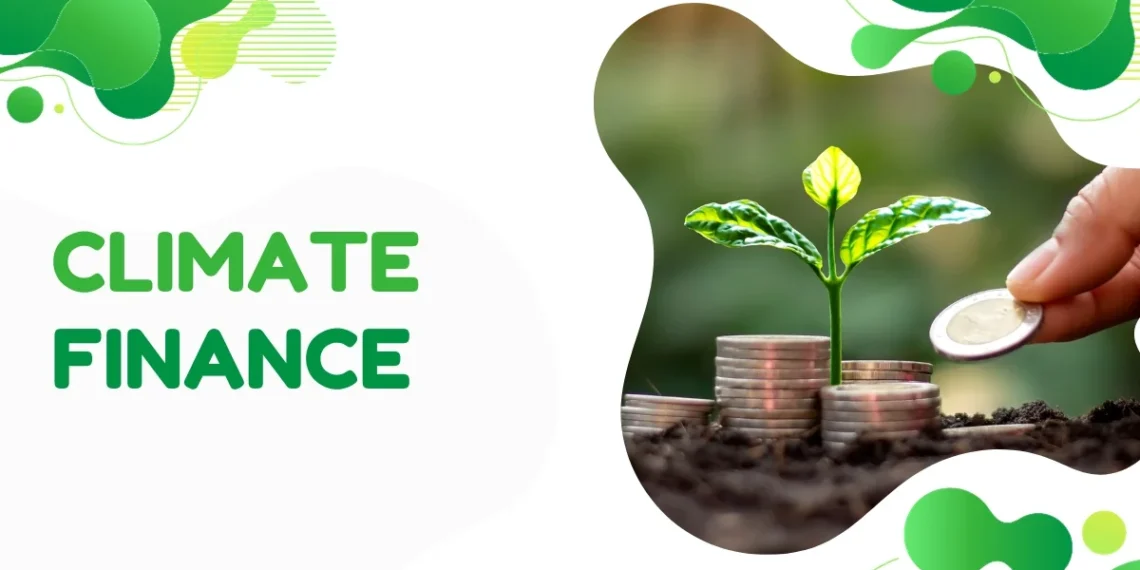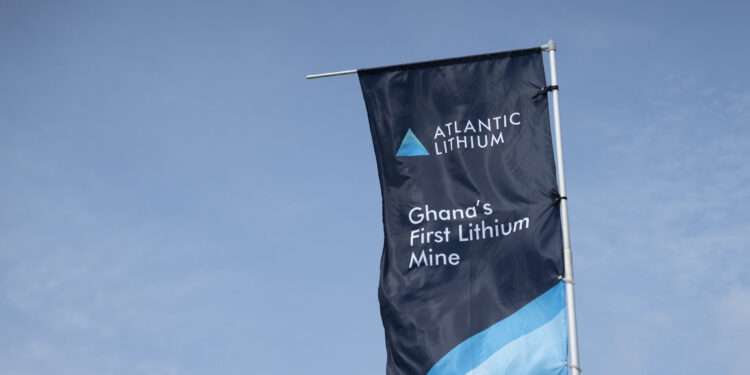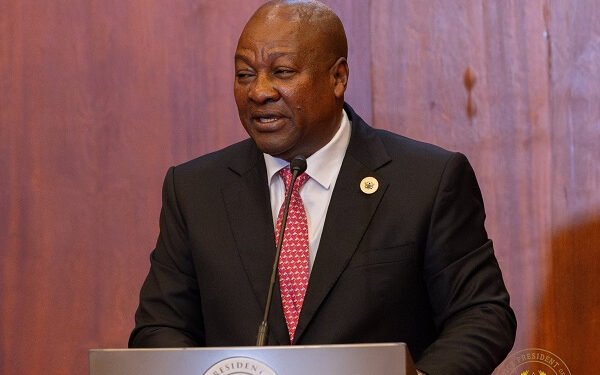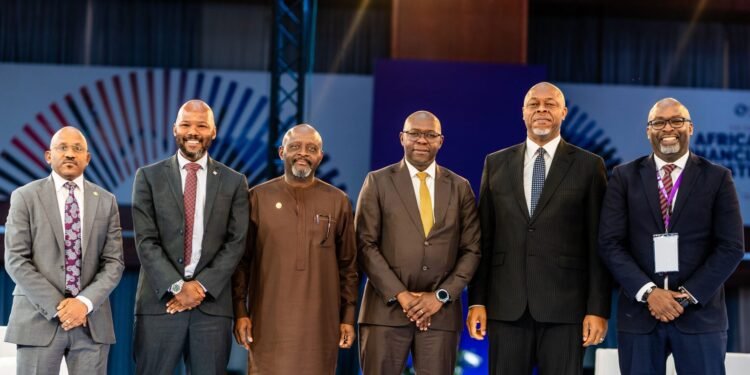The IMANI Center for Policy and Education recently convened a significant stakeholder meeting in Accra to delve into the investment opportunities pivotal for Ghana’s energy transition.
The meeting spotlighted the critical need for accelerating climate finance in developing economies to ensure vulnerable countries like Ghana stay on track to meet their commitments to the Paris Agreement and bolster their disaster preparedness.
A comprehensive report emanating from the stakeholder engagement underscored that determining the climate finance gap and identifying opportunities for scaling up funding is imperative for policymakers.
This determination is essential to create an environment conducive to unlocking the necessary climate finance in Ghana. One of the key insights from the report is the composition of climate finance in Ghana.
“A substantial amount of the total climate finance flows were grants. Unlike the trend in Africa, where more than half the climate finance were debt instruments, 72% of climate finance flows in Ghana were grants.”
IMANI Center for Policy and Education
IMANI’s report indicated that Ghana’s climate finance spending has been predominantly directed towards the energy sector and sustainable forest management. This focus aligns with the country’s broader environmental and economic strategies, given its energy sector’s current reliance on fossil fuels.
Ghana’s energy sector is primarily fossil-based. Until the domestic production of natural gas began, the power sector was heavily dependent on high-emission fuels.
The transition to cleaner fuels, such as natural gas, support for clean cooking initiatives, and the expansion of electricity access to rural areas through renewable sources, demands substantial investments. Consequently, a significant portion of climate finance is allocated to the energy sector.
“The overall sectoral receipt shows that about 58% of climate finance was invested in the energy sector. The energy sector received about two-thirds of the funds allocated for climate mitigation, while adaptation funds were thinly spread between agriculture, education, and the environment.”
IMANI Center for Policy and Education
The government recognizes that investments in the energy sector have a crosscutting impact on achieving other mitigation policy goals, such as promoting electric mobility and enhancing natural gas recovery and utilization.
Hence, the substantial investment in the energy sector is strategic, aiming to cut emissions by 45% by 2030 through a low-carbon energy transformation.
Climate Finance Gap: A Major Hurdle

Despite the strides made, the report highlighted a significant climate finance gap in Ghana.
“Ghana has received only about US$1.3 billion between 2011 and 2019. Ghana needs between US$9.3 to 15.5 billion to implement the Nationally Determined Contributions (NDCs) from now to 2030.”
IMANI Center for Policy and Education
This stark gap illustrates the pressing need for increased financial flows to support climate initiatives.
Currently, annual budget allocations to climate and climate-related actions are estimated at only 4 percent. These current flows fall significantly short of the US$488 million needed annually to finance the 16 unconditional programmes by 2030.
This shortfall underscores the insufficiency of the existing climate finance landscape to support the transformational programmes necessary for setting Ghana on a path to low-carbon and climate-resilient development.
Panelists highlighted the necessity of building local capacity, developing sustainable projects, structuring blended financing, and engaging effectively with the private sector as key strategies for enhancing development efforts. These approaches aim to create a synergistic effect, leveraging the strengths of various stakeholders to achieve sustainable development goals.
The IMANI Center for Policy and Education’s stakeholder meeting in Accra was a pivotal step in addressing the challenges and opportunities in Ghana’s climate finance landscape. While the report highlights significant gaps and the urgent need for increased funding, it also outlines clear pathways for policymakers to enhance climate finance flows.
By adopting a strategic, multifaceted approach, Ghana can unlock the necessary funds to transition to a low-carbon, climate-resilient future, aligning with global efforts to combat climate change and safeguard vulnerable communities.
READ ALSO: Socrate Safo Reveals Mahama’s Tenure Didn’t Support Creative Arts Industry























